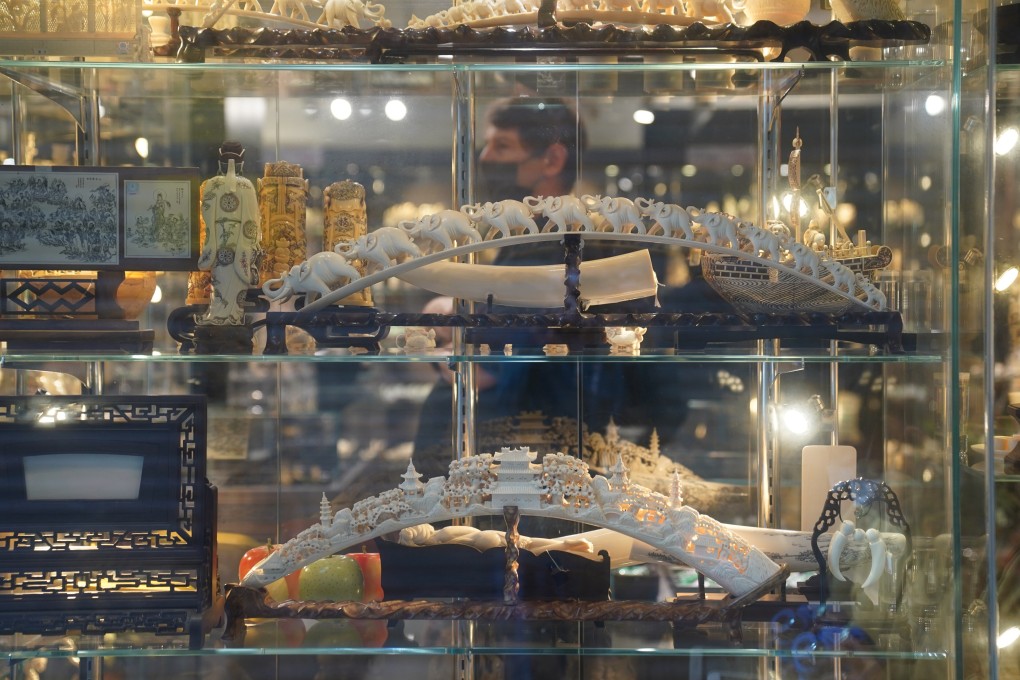Advertisement
Opinion | Why Hong Kong’s ivory ban is not enough to end demand or save elephants
- Banning the ivory trade without addressing the demand for ivory products only forces the trade underground and makes it even harder to stop
- Hong Kong needs to ban the sale of antique ivory and remove demand before it can give elephants the protection they deserve
Reading Time:3 minutes
Why you can trust SCMP

On December 31, 2021, Hong Kong at last officially banned the sale of elephant ivory. The culmination of a three-year-long process, the ban prohibits its import, re-export and commercial possession, with a maximum penalty of 10 years imprisonment and a HK$10 million (US$1.3 million) fine.
Advertisement
The commercial possession of all ivory except pre-1925 antique ivory is now completely banned. While we celebrate this milestone, we also need to pause to ask a question: is this ban enough to stop illegal wildlife trafficking?
Hong Kong has a long, dark and justified reputation for being a hub for the illegal trade in endangered and threatened species. In the 1970s and 1980s, the city gained notoriety as one of the largest importers of elephant tusks.
For decades, it was a well-known ivory-carving centre, had a thriving retail trade and was a leading re-exporter of both worked and raw ivory tusks.
In 1989, an international trade ban introduced by the Parties to the Convention on International Trade in Endangered Species of Wild Fauna and Flora (Cites) led to a decline in the ivory trade in Hong Kong and across the Asia-Pacific region, though no specific bans were enacted here.
This decline proved to be short-lived. As China’s economy began to boom in the early 2000s, so, too, did the demand for ivory products.

Advertisement
